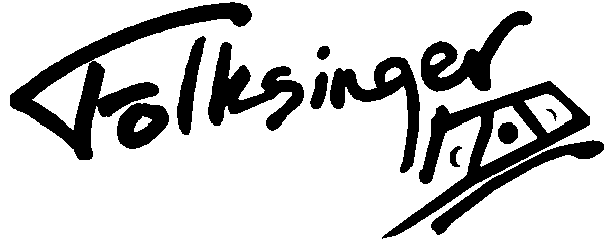
THE HAMMERED DULCIMER
Around the World From the Stone Age to the Age of Rock

I first demonstrate the development of music and the dulcimer in prehistoric times, how it arose from and contributed to many of the basic principles of human nature and development, and of music. I circle the globe and follow world history as the dulcimer appears in different countries, and show how its principles contributed to culture, music, math and science, and evolved into the other stringed instruments. I follow the dulcimer to the USA and demonstrate its primary role in the traditional music and in the roots of modern. When I reach modern times, I tell some of my personal history as a musician, my discovery of the dulcimer, how I built my first accoustic dulcimer and my latest, the first electric solid-body dulcimer. I demonstrate how I have adapted the traditional instrument to modern musical styles. This is about when the program ends, as I respond to student suggestions by playing different styles of music. At the very end, I have the students line up and pass by the dulci on their way out, to either hammer it a bit, just touch it, or ask more questions. Throughout the class I am connecting to many basic principles, from "practice!" to working together; and facts, from geography to math. In general, I give a good overview using music and the dulcimer as a solid thread, root to fruit, throughout the world and history, woven deeply into so many aspects of human culture, showing both the common ground in basic concepts of all types, and the natural development of diversity.
I am an enetertainer, so while the show is very educationally oriented, it is a fast paced and entertaining one. I keep their attention and run with it. They have a great time and, in a practical sense, are likely to remember more of the facts because it is fun. I am also covering a lot of ground and focusing on the connections between things, so many of the points I cover are good starting points for further exploration. Others simply reinforce lessons they are already learning and connecting them to music.
In the beginning: sticks and stones
People still the same: food, shelter, and fun
Original fun: music and dancing, storytelling, language, rythum, singing and harmony.
Working together, playing together, staying together, the pyramids
Experimenting
Leather : Drums and drumming,
People as builders: string, fishline and bowstring, the first tools
Singing strings, the first dulcimers, "longs and shorts"
The modern dulcimer
"Practice!" and "Playing", rules and toys
Around the world with the dulcimer: root and branch, past to present, throughout history
Korea:"Yanggum", and related "Kayaggum", Japan:"Koto", China:"Yang Chin" Thailand:"Kim" names, playing styles, design
Tension and pitch (Koto)
India :"Santoor", ragas and Indian pop stars
The Middle East: "santur", written music, science begins
The Gypsies: santur and "cymbol", travelling people, travelling ideas
Music as the "universal language", music as a global commonground, global passport and currency; "good vibes and bad vibes"
Palestine, North Africa : "qannoon", biblical reference: no harps
Greece: "Sandouri" (Italy:"santurio", Spain:"santuria"), the invention of the harp, Pythagoras and "the music of the spheres"
The evolution of other strings: bowed, fretted, plucked, and hammered; fiddles and cellos, guitars and mandolins, harps and autoharps, pianos
Germany:"zither" and "hackbrett", Hungary: "cymbolom", Russia:"gusli", eastern Europe: "tsymbaly"
Ireland:"hammered dulcimer", "fiddle-tunes" and the evolution of music, and instruments, traditions, adaptation, and improvisation; economic principle 101: "sacking, an early form of economic redistribution".
The Bards and "folkmusic"
America: the dulcimer in the "Blue Ridge" mountains of Virginia, the roots of bluegrass and traditional music, and the roots of modern music
Personal History: went to school in Virginia, learning music, took chorus and piano up to high school, then solo voice, piano and guitar, other instruments, and performing professionally
Discovering the dulcimer, building my first
Adapting the dulcimer: styles of music, pop-music and folkmusic
Folkmusic: the people's music, events and times, people and places, different and the same; kid's music, other types, places, times, peoples
The first solid body electric dulcimer
Let the students have a chance to look at, touch, and/or play the dulcimer. Up to four students can play the dulcimer at a time, two on each side. They form two lines and with 15-20 seconds a turn, over 60 students can get a turn in five minutes. While this is going on, I give the students waiting a chance to ask a final question.
